The Most Interesting Bugs in the World
Could knowing about cool insects help get more Americans out into nature? These two social scientists think so.
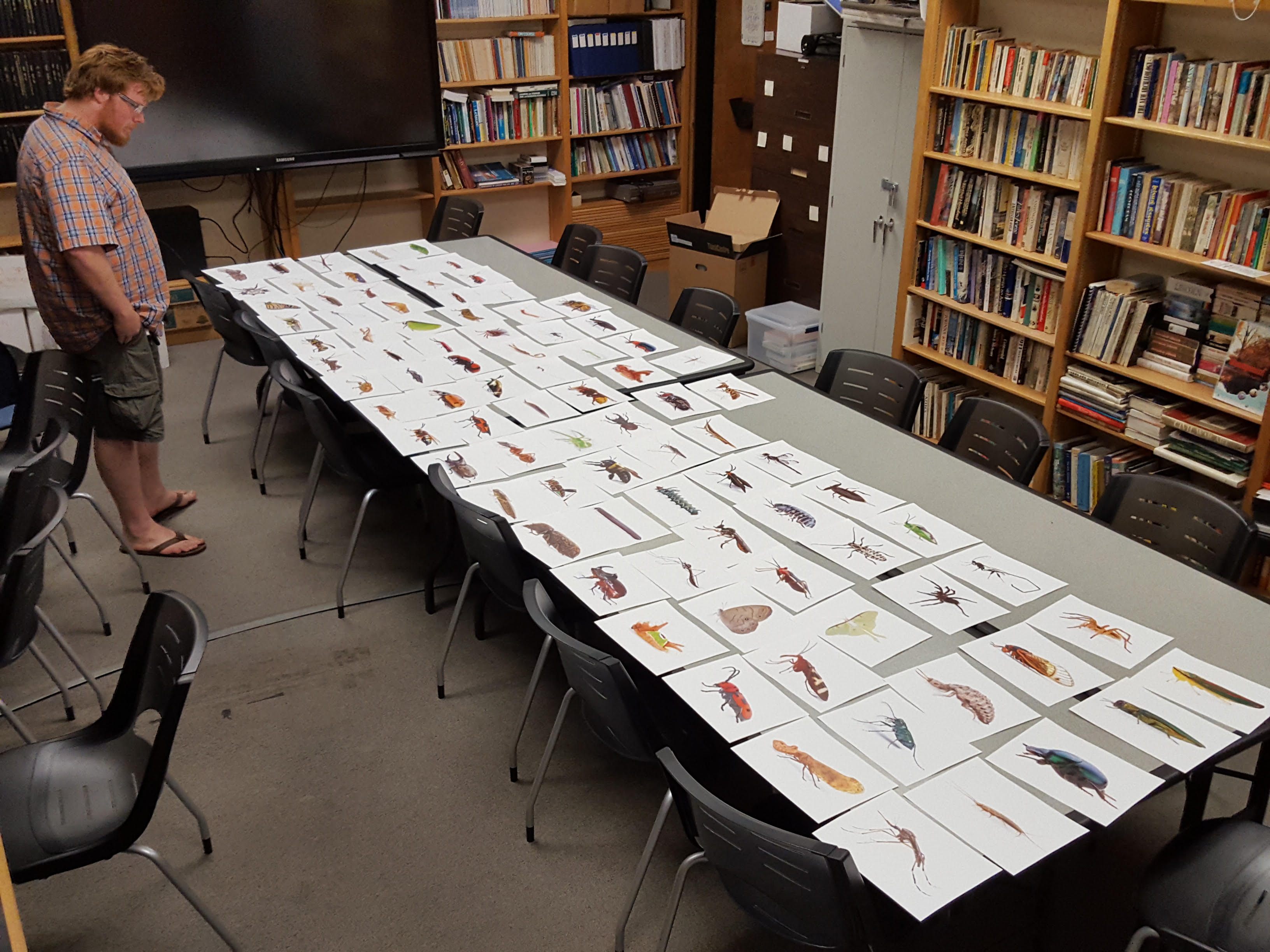
It’s been at least three whole minutes since I asked for a few of his favorites, and Robert Bixler is still naming bugs. There’s the clearwing moth, which imitates bumblebees in both dress and behavior, and eschews normal moth protocol to fly during the day. There’s the Halloween pennant dragonfly, which is bright orange with brown-splotched wings. There’s the cherry millipede, which, when disturbed, smells like someone cracked open a jar of maraschino cherries.
And there’s the larval antlion, a big-jawed blob that lives in sandy soil. When it’s hungry, it digs a pit trap, and then lies at the bottom of it waiting for ants to troop by and fall in. This last type has a very particular fanbase: “They’re the delight of every nine and 10-year-old boy who knows about them,” says Bixler, a professor at Clemson University’s College of Behavioral, Social and Health Sciences. “They’ll sit sticking pine needles into the funnel, and trying to get the antlion to grab at them.”

Did you click on that dragonfly link? Would you like to lift-and-sniff a cherry millipede? Next time you’re somewhere with sandy soil, might you find yourself casting about for the nearest pine needle? If so, you may have fallen into Bixler’s own friendly trap. A specialist in what he calls “environmental socialization,” he is always looking for new ways to get people to go outside and engage with the wild world around them. Little-known bugs, he thinks, might make pretty good bait.
Bixler started stockpiling bug stats a few years ago, after he became frustrated by what he saw as a tendency—both in his field and in the world at large—to overlook nearby possibilities in favor of more glamorous species and locales. “Nobody wants to study human behavior in a local park,” he says. “Everybody wants to study stuff at Yellowstone National Park.”
While looking for a close-to-home problem to delve into, “I realized I hear people say all the time, ‘I hate bugs! Bugs are awful!’” he says. “It just occurred to me that, if we could figure out ways to get more people knowledgeable and interested in insects, people would be more comfortable outdoors.”

Like most rebranding efforts, this one started with focus groups. Last year, Bixler and one of his graduate students, Nate Shipley, gathered groups of college students and gave them a series of bug-related surveys and quizzes. “First, we just wanted to know, what do people know about bugs?” says Shipley, now a Ph.D. candidate at the University of Illinois Urbana-Champaign. “And they don’t know a whole lot.”
On average, the students surveyed were able to list just 12 different insects in one survey’s free response portion. (Many also included non-insect creepy-crawlies such as spiders, millipedes, and, in a couple of instances, snakes.) What’s more, the best-known critters generally fell into two categories: “beautiful bugs,” like butterflies, ladybugs, and fireflies, and “bothersome bugs,” like mosquitos and wasps.
For a taxonomic group that boasts over 900,000 known species, these recognition numbers aren’t so great. “We started to think about how to promote insect literacy,” says Bixler. For the next few surveys, which made up his Master’s thesis, Shipley asked questions meant to gauge not just how well people knew certain bugs, but the degree to which they would like to know them.
![A representative figure from Shipley's thesis, detailing "bugs that participants are most [top row] and least [bottom row] willing to hold."](https://img.atlasobscura.com/3BW7JgjVLAGxxwWC5HyHyBhZX9k7FWpzDmnNmz9iyug/rs:fill:12000:12000/q:81/sm:1/scp:1/ar:1/aHR0cHM6Ly9hdGxh/cy1kZXYuczMuYW1h/em9uYXdzLmNvbS91/cGxvYWRzL2Fzc2V0/cy9kMTkwNDA5ODI0/MTI2ZTU1ODNfaW1h/Z2UucG5n.png)
He had participants rate how interesting they found various bugs, and what exactly intrigued them (e.g. “fuzzy body,” “horns look dangerous,” “shape looks cool.”). He even tracked their eye movements as they looked at different bugs side by side. (If people liked a bug, he wrote, they tended to focus on its head.)
The winners make up a category that Bixler and Shipley now call “Fascinating and UNfamiliar,” or “FUN” bugs. These tended to display certain traits: “Color, shape, unusual morphological structures,” says Shipley. The survey champion, the bagworm caterpillar, “doesn’t have a defined shape,” says Shipley. “People are curious—what is that? They also think it’s kind of cute.”
Shipley and Bixler hope their findings will help various stakeholders “use the novelty of bugs to their advantage,” says Shipley. “When you’re putting together a brochure, a sign, or an online article—how do you catch someone’s attention?” They’re also putting together a set of 75 FUN bugs that are common enough that they can be found in much of the United States, and fascinating enough that people might want to look: carrion beetles, jumping spiders, mud daubers, plus all the ones this article has already mentioned.
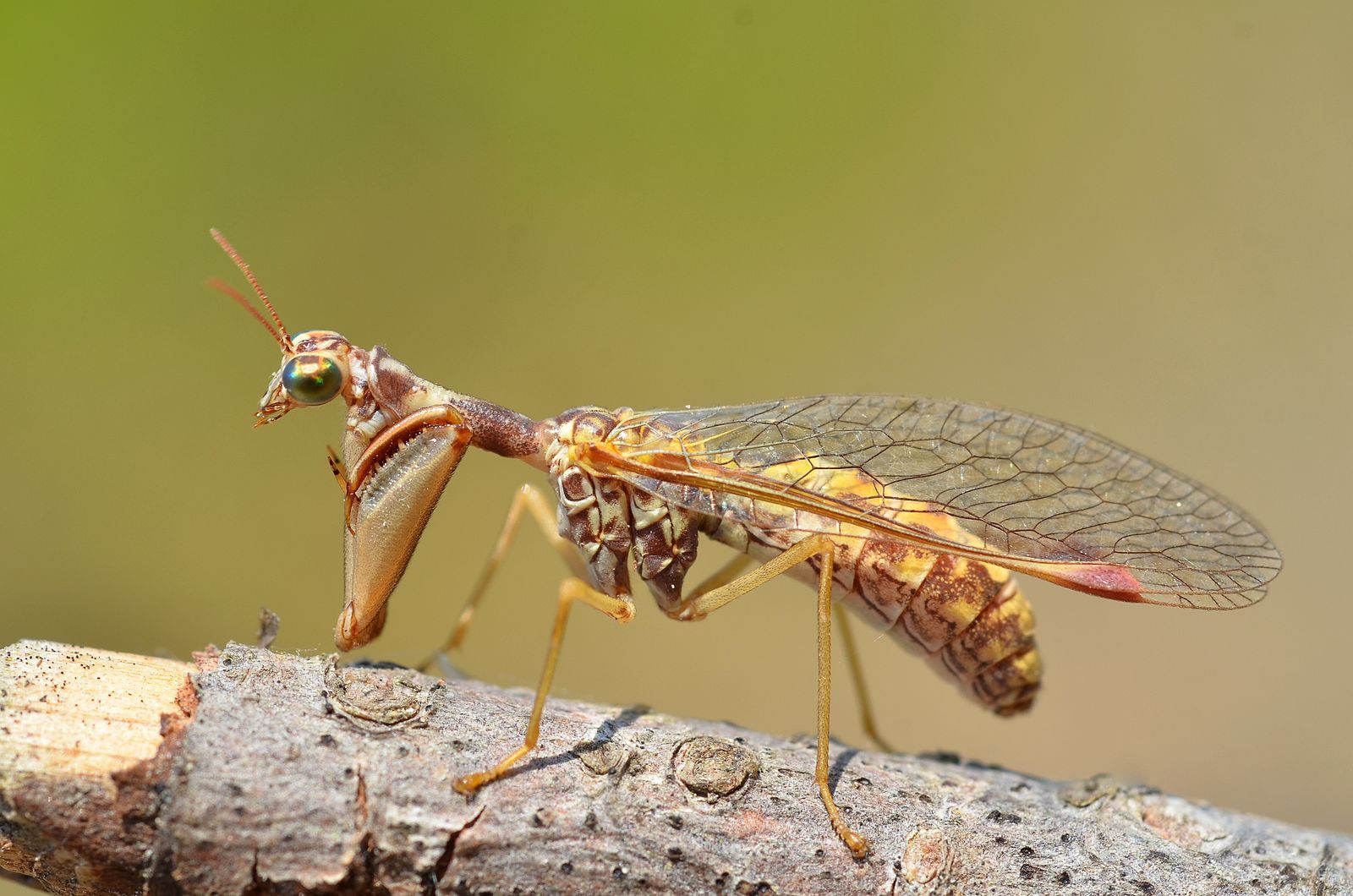
“It’s in the spirit of Pokemon GO, or just a scavenger hunt,” says Bixler, who plans to give the list to nature centers, botanical gardens, and schools. They’re calling it the BUG-ket list: “Seventy-five bugs to see before you die!” says Bixler.
Bixler still thinks middle childhood—the average antlion-lover’s age—is the ideal time to get into bugs. “I would love it if every 10-year-old who had a baseball bat in their bedroom had an insect net sitting next to it,” he says. But one of the great things about bugwatching is you can start anytime and anywhere. “There are lions and rhinoceroses in Africa, but we have ant lions and rhinoceros beetles right here [in the United States],” says Bixler. “Anyone can afford to go on a bug safari.”

Last but not least, Bixler says, bugwatching “provides simple pleasures.” He brings up his own favorite bug category: a group of insects and spiders known as “bird-dropping” bugs, which camouflage themselves as lumps of avian poop. “There’s dozens and dozens of [types],” he says, with clear glee. Since learning about them, he continues, “I smile every time I see a bird dropping.” How much more FUN can you get?
Naturecultures is a weekly column that explores the changing relationships between humanity and wilder things. Have something you want covered (or uncovered)? Send tips to cara@atlasobscura.com.
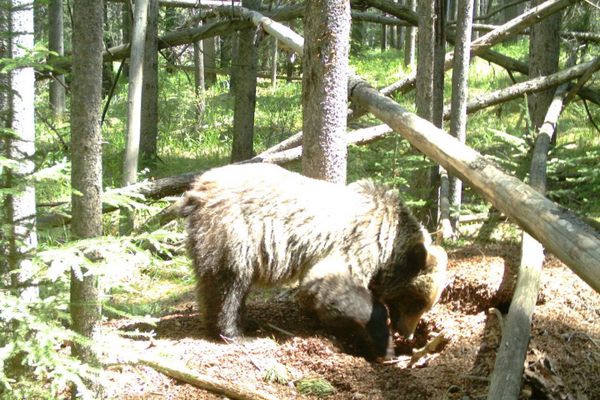

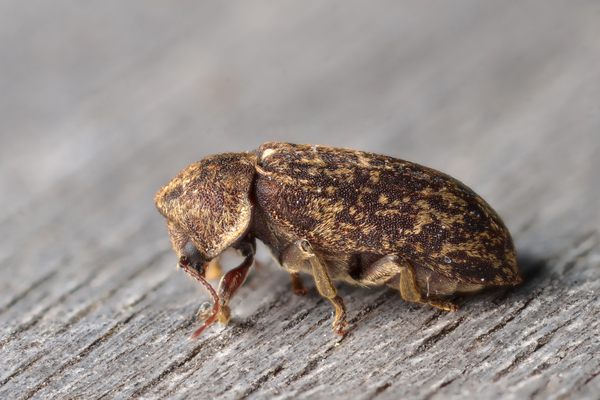
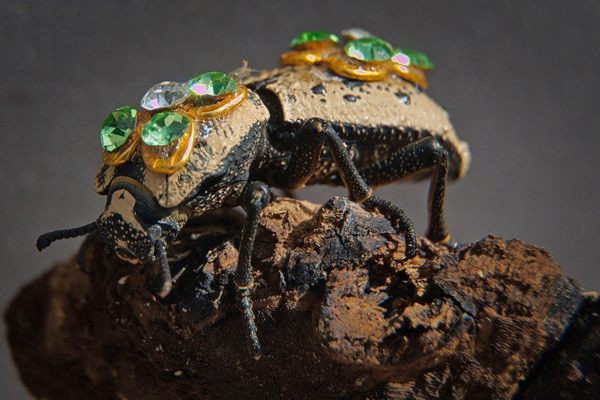
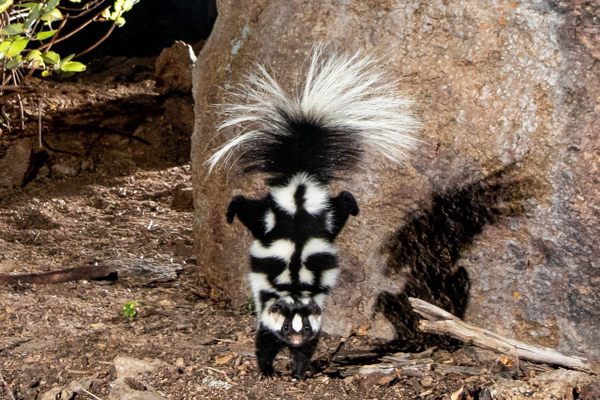














Follow us on Twitter to get the latest on the world's hidden wonders.
Like us on Facebook to get the latest on the world's hidden wonders.
Follow us on Twitter Like us on Facebook